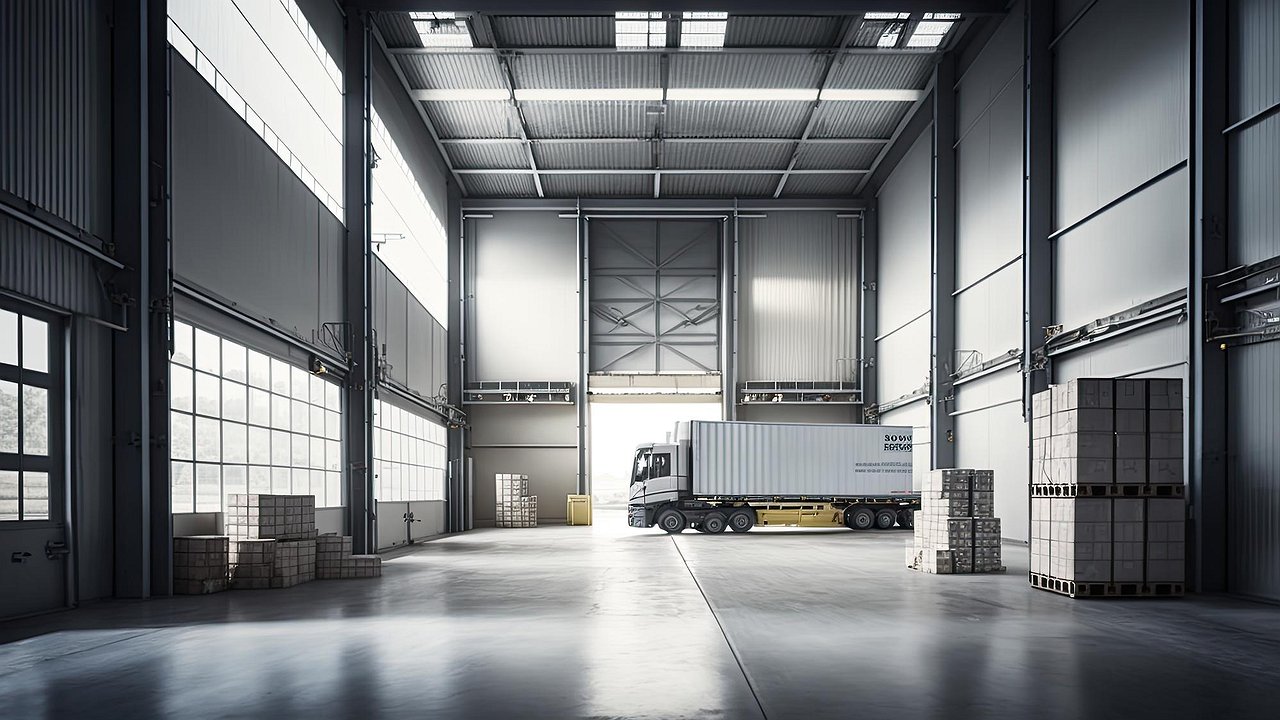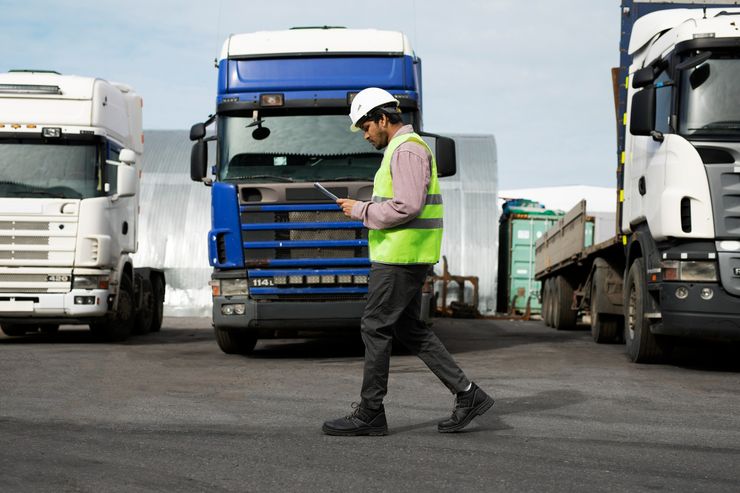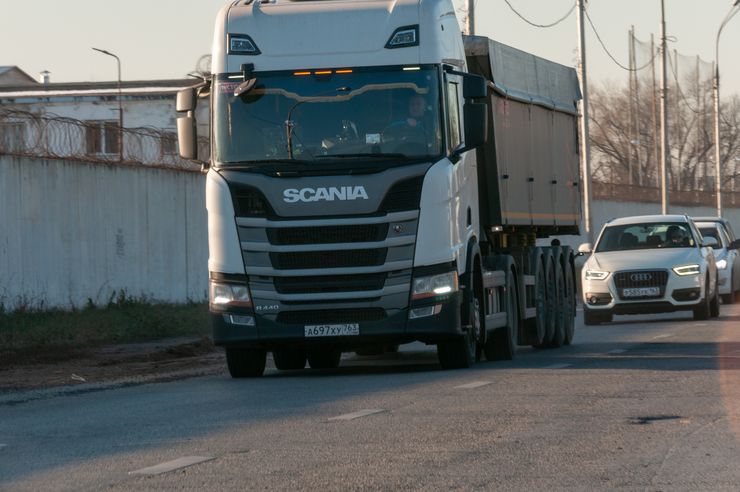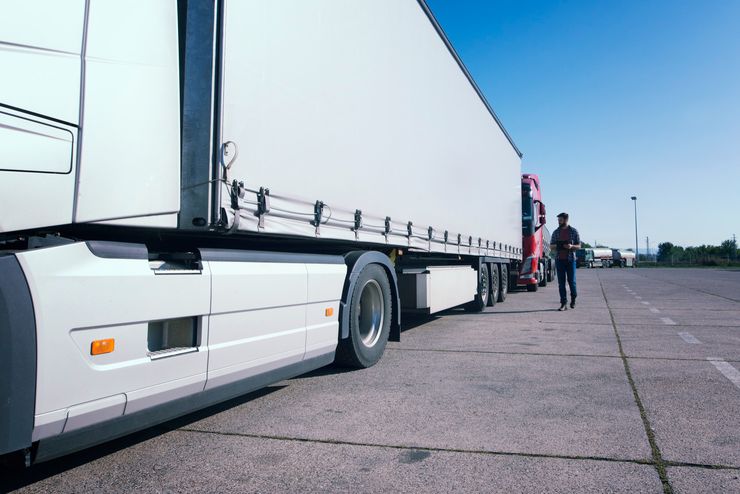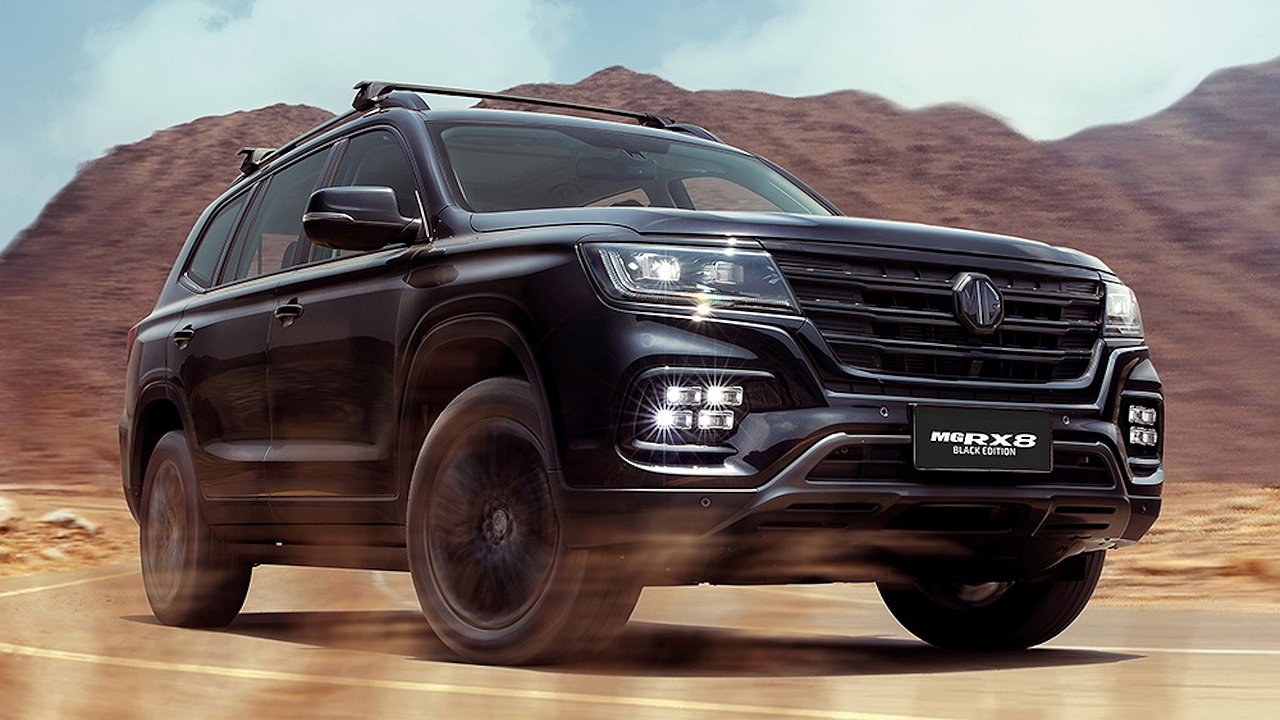In 2023, the market began to grow: according to the results of the first half of the year, 62,720 cars were already sold – 66.5% more than in January-June 2022. The leaders are KamAZ and the Chinese. More specifically, the top places, behind the car manufacturer from Naberezhnye, were Chelny, Sitrak, Shacman, FAW and Foton. But is everything really that simple and rosy? What do carriers, i.e. direct consumers, say about the current situation?
The market recovery is of course good. But the cost of trucks has increased by 30-40% over the past year and a half and continues to grow, says Vadim Filatov, co-owner and deputy director of PEC. In addition, new recycling rates for foreign equipment came into effect on August 1 – now they amount to 1.7 million rubles instead of the previous 1.02 million. As a result, price lists for truck tractors weighing from 12 to 20 tons (up to 3 years old) increased by 7% to 10.7-12.7 million rubles.
Due to the increase in prices of parts, logistics and everything else in the world, prices for domestic cars have also increased. According to our interlocutor, their cost has more than doubled from 5 million rubles. Moreover, if we talk about long-distance tractors in general, there is a shortage (there are not enough semi-trailers by the way) and maintenance costs are increasing.







